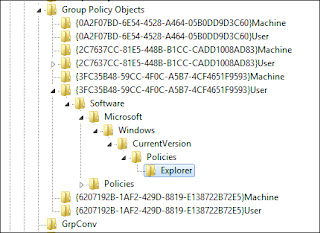Hi Guys, I am back. I am posting one more SCOM case here.
OS - Microsoft Windows 2008 R2
App - Microsoft SCOM 2012
Issue - Whenever creating any rule and once created, tried to edit he alert description, all modification changes on problem description not getting saved.
OS - Microsoft Windows 2008 R2
App - Microsoft SCOM 2012
Issue - Whenever creating any rule and once created, tried to edit he alert description, all modification changes on problem description not getting saved.
Tried repro in internal LAB as below.
1. Created a NT Event Log (Alert) rule.
2. The description is default. 3. Modified the description and saved. 4. Re-checked and found no issues.
So it worked at my end but tested on SCOM 2012 with CU1 whereas in this case there is no CU installed. Here can perform more test to isolate the issue like,
• Delete the whole ENU language pack section and see what happens.
• Create a custom view in monitoring pane and save in the same MP to check if we can see the changes in MP.
Solution :-
Imported customer management pack into LAB for further testing and test outcome as below.
1.When my computer’s locale is set to ENU. I can modify the rule properties, alert names and etc. smoothly without any issue.
2.When my computer’s locale is set to ENA. I can modify them once and this modification is under ENU. But it is interesting that the next time I modify it, it will reflect in ENA language pack.
I keep the change of LanguagePack ID="ENA" IsDefault="true" in MP languagepack section.
So the solution was to change the system locale (format) to ENU.
To conclude, the SCOM console will always display the name under ENU language pack. This is why we always cannot see the change while the system locale is ENA.





















